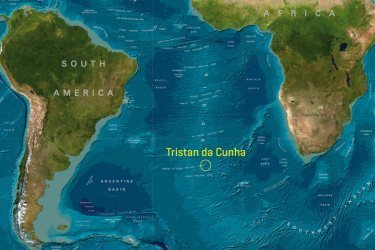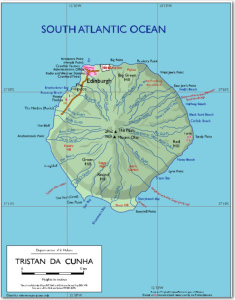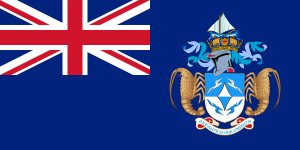A Month of: Brief Histories of British Empire Territories – Tristan da Cunha
Tristan da Cunha
Tristan da Cunha along with Saint Helena and Ascension, are part of the British Overseas Territory.
The island was annexed in 1816 in a bid to prevent the French from using the island as a means from which to rescue Napoleon Bonaparte during his exile on Saint Helena.
One of its neighbours, the wildlife reserves of the aptly named Inaccessible Islands, was attempted to be colonized which failed.
As a base to prevent a French base, the island was populated by a garrison of British marines, which gradually was supplanted by a civilian population, including a group of whalers who used the island���s strategic location as a base for their operations in the south Atlantic. The islands had also been used as a stop-over point to re-fuel and re-supply ships on long international voyages, however with improvements in ship technologies and with the opening of the Suez canal, the mid-way base was decreasingly needed and the island grew more isolated.
A Letters Patent in January 1938 declared the islands to be a dependency of Saint Helena.
With the outbreak of the Second World War, the island again was used as a base of operations, this time as a top secret weather and radio station for the Royal Navy coded named HMS Atlantic Isle. The base���s task was to monitor, and relay information, on the movements of U-Boats and German shipping in the South Atlantic.
1961 saw the entire population unexpectedly evacuated to Surrey in England after a volcanic eruption. Most of the population did return in 1963.
Executive authority over the island of Tristan da Cunha continues to be vested in the Queen and through her representative by the Governor of Saint Helena.
Filed under: Uncategorized Tagged: British Empire, British history, British Overseas Territory, Saint Helena, Tristan da Cunha


Louise M.H. Miller's Blog
- Louise M.H. Miller's profile
- 18 followers






